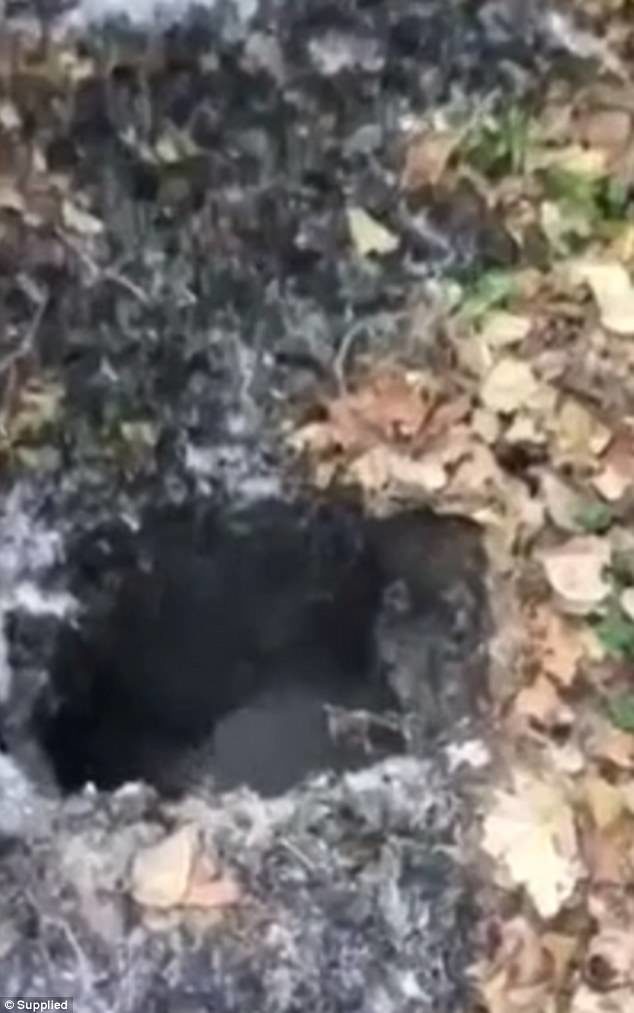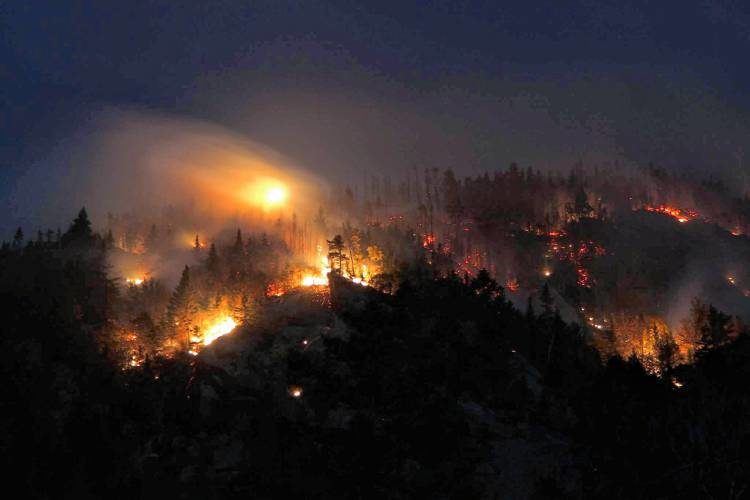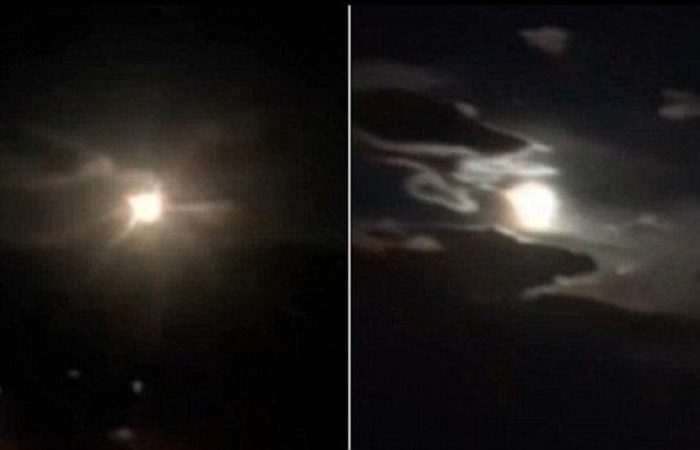OF THE
TIMES



Cyanogen is the chemical compound with the formula (CN)2.Comets are very toxic because they produce cyanogen.
It is a colorless, toxic gas with a pungent odor.
Like other cyanides, cyanogen is very toxic, as it readily undergoes reduction to cyanide, which poisons the cytochrome c oxidase complex, thus interrupting the mitochondrial electron transfer chain.
...
Inhalation of 900 ppm over a period of 10 minutes is considered lethal.
https://en.wikipedia.org/wiki/Cyanogen
Comment: See also: Did a meteorite cause a brush fire in New Hampshire?